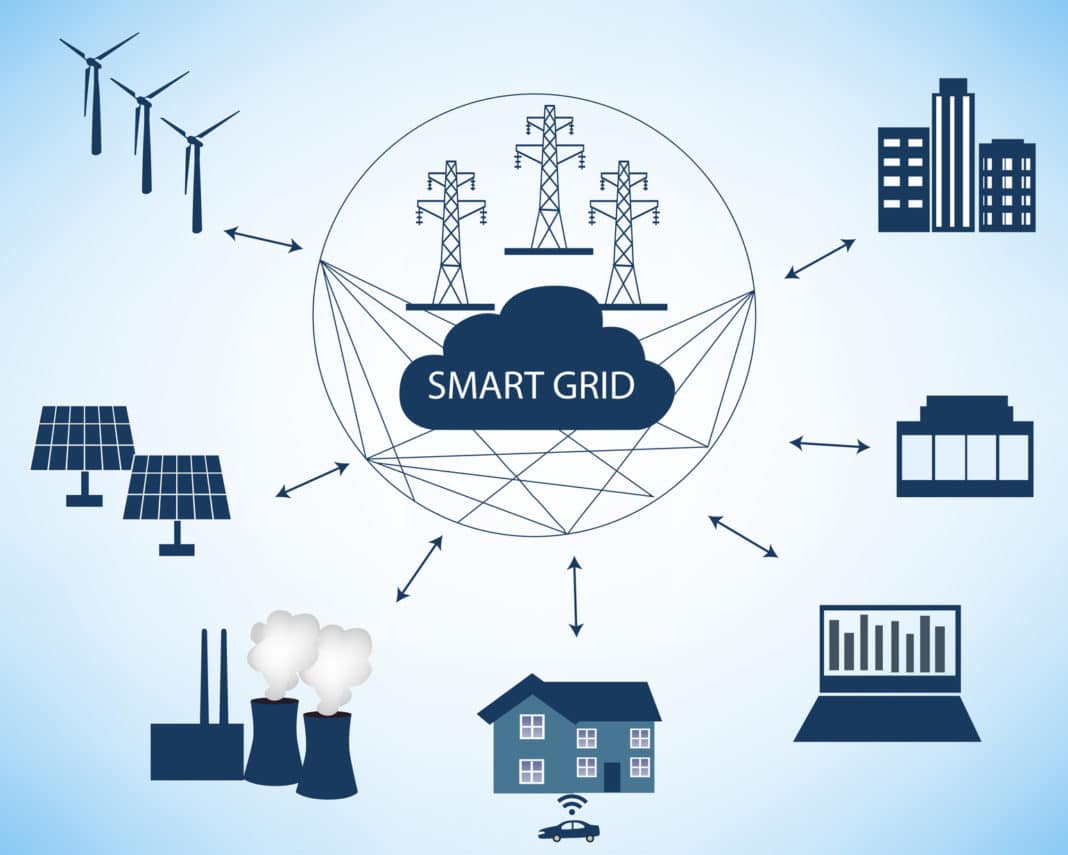The utility world may not be changing at the speed of light but it is certainly evolving more rapidly than it has in decades. That’s because the tools now exist to allow managers to gather a gargantuan amount of information and to analyze that data.
That, in turn, has a profound implications. One of the most notable is the ability direct electrons to where they need to be, which not only avoids brownouts but which also makes room for wind and solar energy. And in a world that is carbon conscious and that is trying to limit temperature increases to 2 degrees Celsius from pre-industrial levels, the advances can’t come soon enough.
“We believe the future world is relying much more on electrification,” Roland Busch, chief technology officer at Siemens, told an audience in Chicago this past week. “We are automating everything. Digital service tells where something is wrong and it won’t let parts run down before you have to repair or replace them.” He adds that the pace of such progress is happening now every 3-to-5 years — a time frame that is getting shorter.
Analytics is hastening the trend. It is growing in importance when it comes to running businesses. It’s not just that the number of Internet-connected devices is increasing. It’s also that the amount of information is overwhelming and that it must be harnessed in the cloud, or a centrally-located data bank. Technically, it is part of the Internet of Things (IoT).

